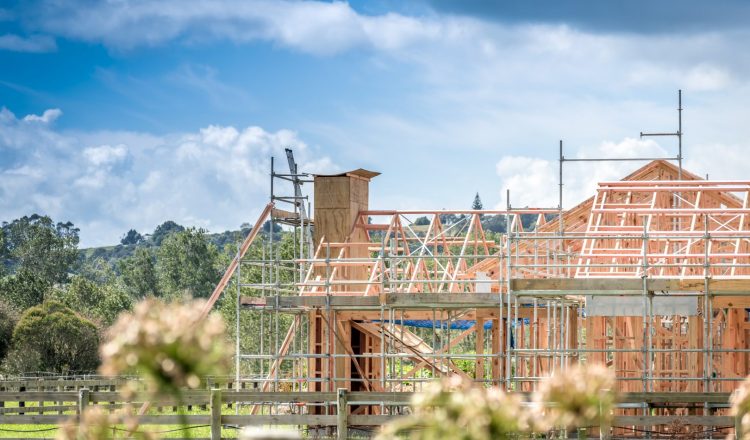Retirement Accommodation
A retirement village is a residential community or housing unit that is designed for older adults who are still able to care for themselves, however, might need some assistance from time to time. The village allow older adults to come together and get involved in activities and social opportunities. It is a safe living space specifically designed for older people.
It can be a difficult decision to make about when you should move into a retirement home and some people consider it for many years before actually signing up. Unfortunately, a lot of older adults find that they are lonely. Retirement villages can help banish any loneliness as all residents are able to get involved and feel apart of a community. Many people move in when they are 70 or older. The average buyer is around 78 to 84. However, there is no set age and any older adult can benefit from the facilities they offer.
How to pick a retirement village
When picking what retirement village you would like to live in, the best thing you can do is do research. Either get online or go to the facilities to see how they are run, what is available and what the location is like. Think about what you might need in the future and see what facilities offer that.
A good way to see whether you would be interested in living in a particular village is by talking to the residents. See what they like about it and what they think could be done better.
A big driving force of which retirement village people end up in is the costs. You need to look into what all the fees you will have are. What is the entry fee, are there ongoing expenses and will you have to pay any capital loss? It might be best to seek financial advice to make sure you aren’t choosing somewhere you won’t be able to afford.
Retirement village costs
There are usually quite significant costs when entering and leaving a retirement village. There are also a lot of ongoing expenses that need to be considered. The costs will vary depending on the village. Comparing different villages will help you find what has the best deal for you.
How to make a complaint about a retirement village
If you want to make a complaint about a retirement village then you will need to contact the manager of the retirement village first. All residents of any village should be given a copy of the complaints policy if they ask for it and there must be a copy available for residents to read at any time.

















































